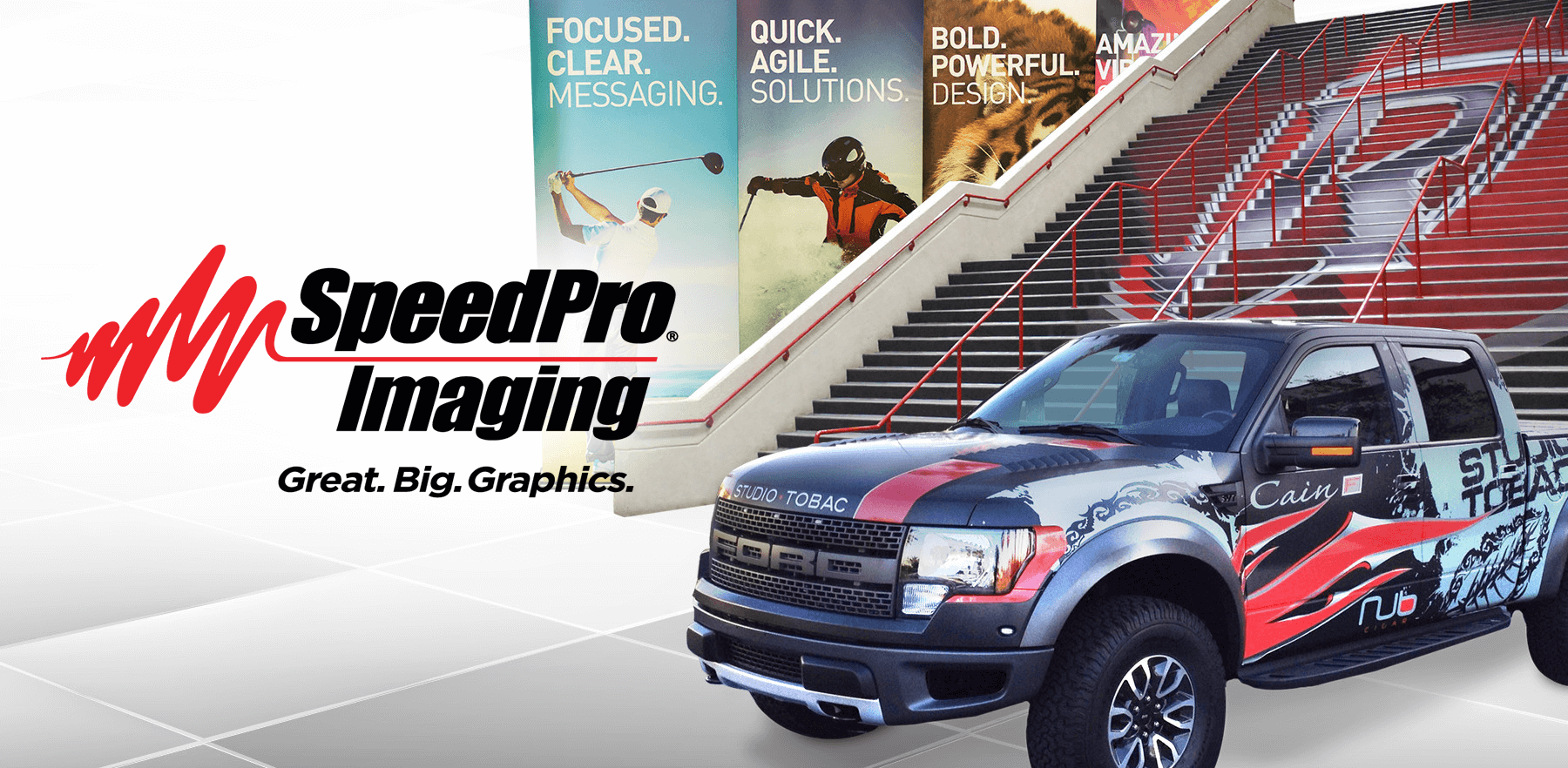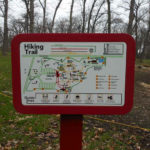
WHAT IS NEAR FIELD COMMUNICATION (NFC) AND HOW DOES IT IMPACT YOU?
AUGUST 6, 2020| speedproimagingCategories
Smart SignageNFC is an acronym for near-field communication and this technology allows NFC equipped devices to share data easily. This allows customers to touchlessly interact with your restaurant menu or take an audio walkthrough experience with them through your art exhibit. NFC technology gives your company endless opportunities to interact with customers in new and creative ways. Having evolved from Radio Frequence Identification (RFID) technology, NFC tags have been in existence for years. If you have scanned a key card for entry to your office building or used Apple Pay at the grocery store, you may have used this technology.
If you haven’t heard of NFC technology yet, you will very soon. The growing industry of NFC and its smartphone-enabled technology has started to ramp up with more than two billion NFC-enabled devices, or around 20%+ of the world’s population have access to NFC. This market has appreciated to US$ 4.8 billion by 2015 and shows no signs of slowing down.
Innovative companies are finding new applications for this technology.
WHAT DEVICES HAVE NFC CAPABILITIES?
The list of NFC-enabled devices is growing by the day, so don’t be surprised if your phone already can join in this ever-growing trend. Phones that are iPhone 6 or newer and Android 4.0 (Samsung S20) can read NFC tags through a bevy of free apps on your phone.
Newer models from the iPhone XS and forward are able to read the tags without a third-party app. With newer versions of smartphones coming out every six months, the time to all phones being NFC-enabled is closer than we think. According to Scientia Mobile, Apple already estimates that 73% of its smartphones support NFC.
GROWTH OF NFC MARKET SIZE
The NFC market is expected to see unprecedented growth due in part to the rising adoption of mobile payments or cashless payments through Apple and Samsung Pay. This has driven manufacturing companies to develop an improved form of digital payment platforms to keep pace with consumer sentiment. The market as a whole is projected to reach US$ 47.43 billion by 2024, a stark increase of where the market was just under ten years prior.
Smartphone manufacturers seem to be the main driver of this growth with all new phone models being factory set with NFC-functionality. According to eMarketer, there will be 69.4 million NFC mobile payment users by the end of 2020 and 80.1 million users by 2023.
QUICK RESPONSE (QR) VS NFC AND WHAT IT MEANS FOR YOUR BUSINESS
QR codes, like NFC tags, allow users to quickly interact with your business and obtain product information with a scan of your mobile device. QR codes work through your smartphone camera to send information wirelessly to your device. Nearly half of smartphone users have used QR codes in brick-and-mortar stores as younger demographics have accepted the new and ever-changing ways that we transfer information.
The main differentiator between QR codes and NFC tags is that to change out the type of information being sent through QR, you will have to use a dynamic QR code. Static QR codes are fixed and once printed, even if there is a typo, cannot be changed without reprinting the material. A dynamic QR code inserts a short URL that can be updated regularly without reprinting but often requires a subscription to a QR code generator platform. NFC tags can be easily changed multiple times through an app in the Apple App Store or Google Play Store. NFC tags can be reprogrammed over and over again without having to replace the media that you are using and can be programmed throughout the day to change automatically. QR codes can link to any webpage and NFC tags can link to any webpage and can also transmit data including longitude and latitude, contact information, video, files including pdfs or initiate tasks like shortcuts on cell phones, initiating a FaceTime call or sending an email.
WAYS YOUR BUSINESS CAN BENEFIT FROM NFC TAGS
The world has gone touchless. With data being transferred now faster than ever, it is not uncommon to see traditional brick-and-mortar businesses adapting to this trend. Many modern-day consumers are looking for ease of use in every aspect of their lives, even making their presence felt in the restaurant industry. The restaurant industry as a whole is looking to reinvent the way they present their menus to their customers, preferably offering touchless menus.
By programming NFC tags to display an online version of their menu, restaurants can cut down on the need for disposable menus due to current conditions. According to Pandemic Tech News, Customers need only hold their phones up to the sign or decal which then opens the restaurant or brewery’s menu via the web browser on each guest’s mobile device.
Many businesses can benefit from this touchless technology besides the restaurant and hospitality industry. From offering touchless check-in options to proximity advertising to audio guided tours, the possibilities are endless. Nike previewed the new NFC technology back in 2018 with their NikeConnect system. Through NFC tags embedded in jerseys, fans were able to unlock premium content like pregame arrival footage, highlight packages and top players’ favorite music playlists.
CONCLUSION
NFC technology is certainly not a new concept in this digital world. But the ways we use and interact with the technology is rapidly growing and improving our lives and the way we interact with businesses.
As we enter this era of touchless customer interaction, we want to make sure that your business is well equipped with signage and display options that will keep up with the times. To learn more about our NFC tag smart signage, visit our InfoLnkX page here.












